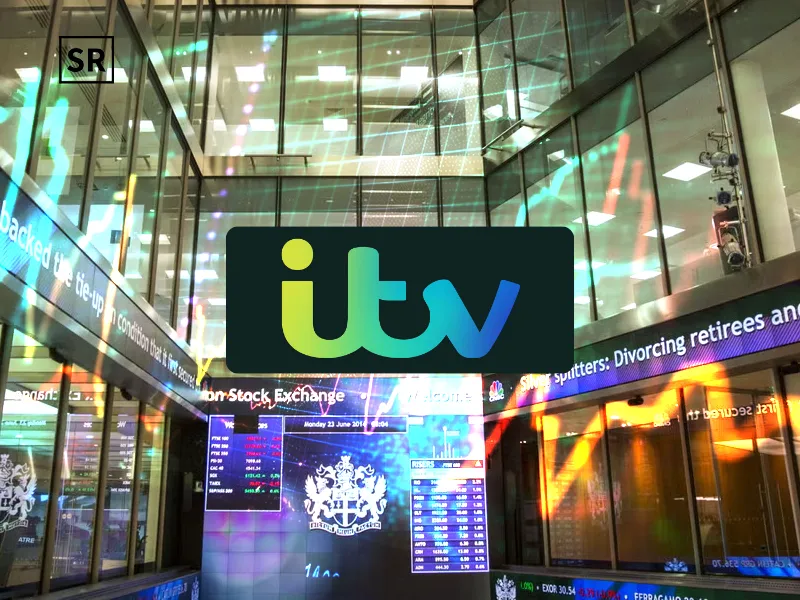Team-Building Activities for the Modern 2025 Workplace
Jul 12, 2025 | By Kailee Rainse

Team-building activities for the modern 2025 workplace are evolving to meet the needs of increasingly hybrid, diverse, and tech-driven teams. These activities are no longer limited to in-person retreats or simple icebreakers instead, they incorporate digital tools, virtual collaboration, and inclusive practices to strengthen communication, trust and engagement across physical and virtual spaces.
From interactive problem-solving games and AI-powered workshops to wellness initiatives and DEI-focused experiences, modern team-building emphasizes flexibility, innovation, and connection. Designed to support both remote and in-office employees, these activities play a crucial role in boosting morale, improving collaboration and aligning teams with organizational values in a fast-changing work environment.
Why are team-building exercises important?
Team-building exercises are important because they help foster stronger relationships, improve communication, and build trust among team members. In both remote and in-person environments, these activities encourage collaboration, break down silos and create a sense of unity and shared purpose. They also help identify individual strengths and roles, which can lead to more effective teamwork and problem-solving. Additionally, team-building can boost morale, reduce workplace stress, and increase overall employee engagement leading to higher productivity and a more positive work culture. In today’s dynamic workplace, where teams may be spread across different locations and time zones, these exercises are especially vital for maintaining connection and cohesion.
Makes onboarding easier
Team-building activities help new employees get to know their coworkers and feel more comfortable at work. They make it easier to settle into a new role and understand the company culture.
RECOMMENDED FOR YOU

Wes Watson Net Worth & Biography – Journey from Prison Bars to Eight-Figure Coaching Success
Kailee Rainse
Sep 5, 2025
Improves communication
These exercises help team members talk and work better together. When people collaborate, they build strong communication skills, which makes the workplace run more smoothly.
Lifts team spirit
When a company takes time to plan fun activities, employees feel appreciated. This boosts their mood, confidence, and trust in their teammates.
Builds trust
Team-building games show how coworkers handle challenges. This helps everyone learn who they can count on and who might need extra support, creating a more trusting team.
Sparks creativity
These activities encourage people to think in new and different ways. Stepping away from everyday tasks helps teams come up with fresh ideas and creative solutions.
What are the 7 C’s of team building?
The seven C’s of team building are key parts of creating a strong and successful team. They help team members work better together, communicate clearly, and improve how the team performs.
Communication – Open, honest, and clear communication helps team members understand each other, share ideas, and solve problems efficiently.
Collaboration – Working together toward common goals encourages shared responsibility, support, and stronger results.
Commitment – Team members need to be dedicated to the team’s purpose and willing to contribute their best efforts.
Competence – Each team member should bring valuable skills and knowledge to the group, and continuously work to improve.
Confidence – Believing in each other abilities builds trust and encourages risk-taking and innovation.
Creativity – Encouraging new ideas and thinking outside the box leads to better problem-solving and adaptability.
Celebration – Recognizing achievements and milestones boosts morale, motivation and a sense of team pride.
Activities that make team-building fun for everyone
Icebreakers are fun activities that help new employees feel welcome. They help new people relax and meet their coworkers.
These games make it easier to get to know each other. Some popular icebreaker games include:
Two Truths and a Lie
Group size: 5–8 people
Goal: Help coworkers get to know each other
Time: 30 minutes
Each person shares two true facts and one made-up one about themselves. The others try to guess which one is the lie. It is a fun way for new team members to break the ice and feel more comfortable.
One-Word Icebreaker
Group size: 4–5 people per group
Goal: Share thoughts on work topics
Time: 20 minutes
Each person describes a work-related topic (like a new policy or team culture) using just one word. They explain why they chose that word. It opens up honest conversations and helps teams understand each other opinions.
Office Trivia
Group size: 5–20 people
Goal: Make new employees feel welcome
Time: 30–45 minutes
Light questions about the office or coworkers. For example: “Who always eats cereal before adding milk?” It’s a relaxed way to help new hires learn about their teammates and feel part of the group.
A Penny for Your Thoughts
Group size: 5–7 people
Goal: Build personal connections
Time: 35 minutes
Each person draws a coin from a jar and shares a memory from the year on the coin. It encourages team members to open up about their lives, creating a more personal bond.
What Do We Have in Common?
Group size: 20–50 people
Goal: Encourage interaction in large groups
Time: 40–60 minutes
Team members break into smaller groups and find 5–10 things they all have in common—anything from favorite foods to hobbies. This helps coworkers discover shared interests and connect more easily.
Whodunit
Group size: 5–10 people
Goal: Learn more about teammates lives
Time: 20–30 minutes
Everyone writes down a fun fact about themselves (like skydiving or winning a contest). Others draw the notes and guess who did what. It is a great way to learn fun things about each other.
Lost on a Desert Island
Group size: 5–20 people
Goal: Get team members thinking and sharing
Time: 45–50 minutes
Each person shares one item they would take if they were stuck on a deserted island and explains why. This fun and creative activity helps coworkers open up and learn more about each other values and personalities
The Marshmallow Challenge
Group size: Teams of 4
Goal: Build creativity and teamwork
Time: 20–30 minutes
Teams are given 20 spaghetti sticks 1 marshmallow and 1 yard each of string and tape. Their task is to build the tallest structure that can stand on its own with the marshmallow on top. It is a fun challenge that encourages teamwork and problem-solving
Frostbite
Group size: Teams of 5–6
Goal: Improve communication and leadership
Time: 20–30 minutes
Pretend you’re in the Arctic. One team member (the leader) gives verbal instructions while others (blindfolded) build a shelter using cardboard, toothpicks and sticky notes. It teaches trust, leadership and listening skills.
Human Knot
Group size: 8–16 people
Goal: Strengthen teamwork and communication
Time: 20–30 minutes
Team members stand in a circle and hold hands with two different people across from them. The goal is to untangle the human knot without letting go. It is fun, physical and great for building trust and coordination.
Build your skills with team-building activities
Team-building games and activities are a fun way to learn new skills, build friendships, and get to know each other better. Whether you meet in small groups, online, or in person, adding these activities to your workplace or company event can be very helpful.
These activities give employees a break from their usual work, let them work together in new ways, and help them connect with their coworkers and themselves on a deeper level. Games that improve communication, problem-solving, and teamwork can make work relationships stronger, boost everyone’s mood, and bring out new ideas and productivity.
There are lots of team-building games to try, like virtual scavenger hunts or puzzles where you can’t see. By working in small teams to solve problems or answer questions, coworkers build trust and learn to work better together.


 Follow us
Follow us Follow us
Follow us













